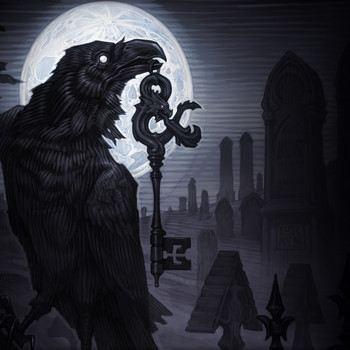#color(blue)("Preamble:")#
If a decimal is terminating (stops example #0.125#) or repeats indefinitely then it may be represented by a fraction. A fraction is precise whilst #color(red)(ul("a rounded decimal is not precise."))#
The wording percent can be split into two parts and each part has its own meaning.
'per'#-># for each of.
'cent'#-># 100. Think of centuary
Connection number 1
So for example 6% is 6 for every 100. The 6 is part of the 100#->6/(6+94) = 6/100#
Connection number 2
The symbol of % is #ul("a bit LIKE ")# a unit of measurment but one that is worth #1/100#
So #6% ->6xx%->6xx1/100=6/100#
~~~~~~~~~~~~~~~~~~~~~~~~~~~~~~~~~~~~~~~
#color(blue)("Answering the question for 2 different assumptions")#
#color(purple)("Assumption number 1: The given value is a terminating decimal.")#
#0.1=1/10#
#0.11=11/100#
#0.111=111/1000#
#0.1111=1111/10000#
We need to turn the bottom number (denominator) into 100 to end up with the percentage.
Multiply by 1 and you do not change the actual value. However, we can change the way it looks.
#color(green)(1111/10000color(red)(xx1) color(white)("d")->color(white)("d")1111/10000color(red)(xx100/100) )#
#color(white)("dddddddd.d")color(green)(->color(white)("d")(cancel(1111)^(11.11)/color(red)(cancel(100))xxcolor(red)(1cancel(00))/(100cancel(00)) ) #
#color(green)(color(white)("dddddddd.d")->color(white)("d") 11.11/100#
#color(green)( color(white)("dddddddd.d")->color(white)("d")11.11xx1/100=11.11%#
~~~~~~~~~~~~~~~~~~~~~~~~~~~~~~~~~~~~~~~~~~~
#color(purple)("Assumption number 2: The given value is an infinatley repeating decimal.")#
For this part just accept that for #0.3333...# where 3 goes on for ever
we have #0.33bar3=1/3# Note that the bar over the last 3 signifies a perpetual repeat.
Also note that #0.333bar3-:3=0.111bar1#
So #0.11bar1=1/3-:3= 1/9#
#1/9->color(white)("ddddd")(1xx100/9)/(9xx100/9) = (11.11bar1)/100 ->11.11bar1%#
The difference between the two solution is that the decimal percentage in assumption 2 goes on for ever whilst that in assumption 1 terminates



